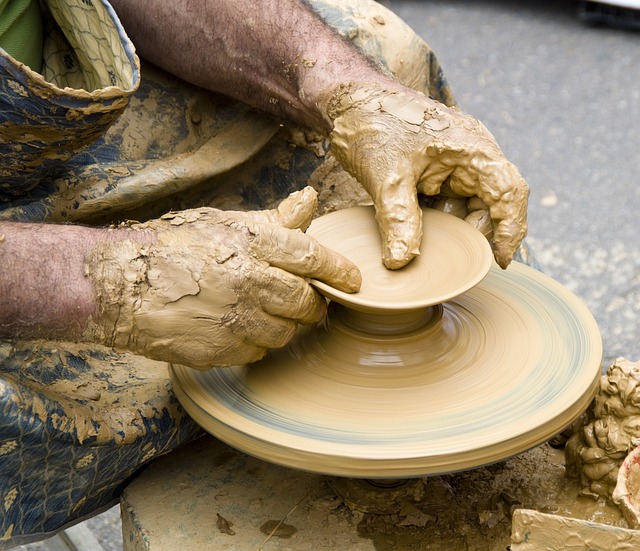Art has always been a medium through which emotions, ideas, and feelings are transformed into visual experiences. One of the key elements in the world of painting is the concept of shaping. It is the process that artists use to mold their artistic visions, to analyze how forms interact, and to create compositions that resonate with viewers. Shaping is not just about physical forms; it’s about establishing connections between colors, lines, and textures that collectively convey meaning.
The journey of shaping in painting reminds us of the profound impact of design. Every brushstroke has purpose; every color choice is intentional. When an artist embarks on the canvas journey, they shape not only images but also evoke emotions. This interplay between shaping and design gives life to static surfaces. Think about how a well-composed piece draws the eye, creating movement and rhythm within the frame. Just as a designer envisions an object in space, a painter constructs their reality, inviting the audience into a world crafted from their imagination.
Moreover, the act of shaping compels the artist to consider their materials. The medium they choose can dramatically alter the final shape of the artwork. A thick, textured oil paint could evoke a sense of depth, while the smoothness of acrylics may impart a modern crispness. Every pigment offers unique properties that influence the experience; the design is ultimately shaped by these choices.
Expression is at the heart of shaping in painting. Artists often use shapes to symbolize feelings or concepts, conveying messages that words sometimes fail to articulate. For instance, sharp angles might suggest tension, whereas rounded shapes can evoke comfort. This intentionality behind shaping not only enhances the aesthetic appeal but also provides viewers with a narrative that resonates emotionally. It creates a dialogue between the artwork and the observer, a sharing of experiences and sentiments.
Shaping transcends mere form; it integrates themes, styles, and personal narratives. Artists weave their own stories into their work, shaping their experiences, influences, and dreams into visual narratives. The design then becomes a vehicle through which these personal histories are communicated to the world, creating a tapestry of cultures and perspectives blended through color and form.
Engaging with shaping in painting is an invitation to explore deeper realms of creativity. As both artists and students of art participate in this exploration, they discover unique ways to express themselves and share their vision. In a world that often feels chaotic, shaping offers a sense of control and intention, allowing individuals to craft something beautiful from their thoughts and feelings. It’s about harnessing chaos into harmony, a reflection of the balance between structure and spontaneity.
Ultimately, shaping in painting serves a greater purpose. It shapes not only the visual but also fosters connections within communities. Art brings people together, reflecting shared dreams and discontent. It’s a powerful reminder that design, grounded in the essence of shaping, can catalyze change and provoke thought, bringing fresh perspectives and dialogues into societal spaces.



